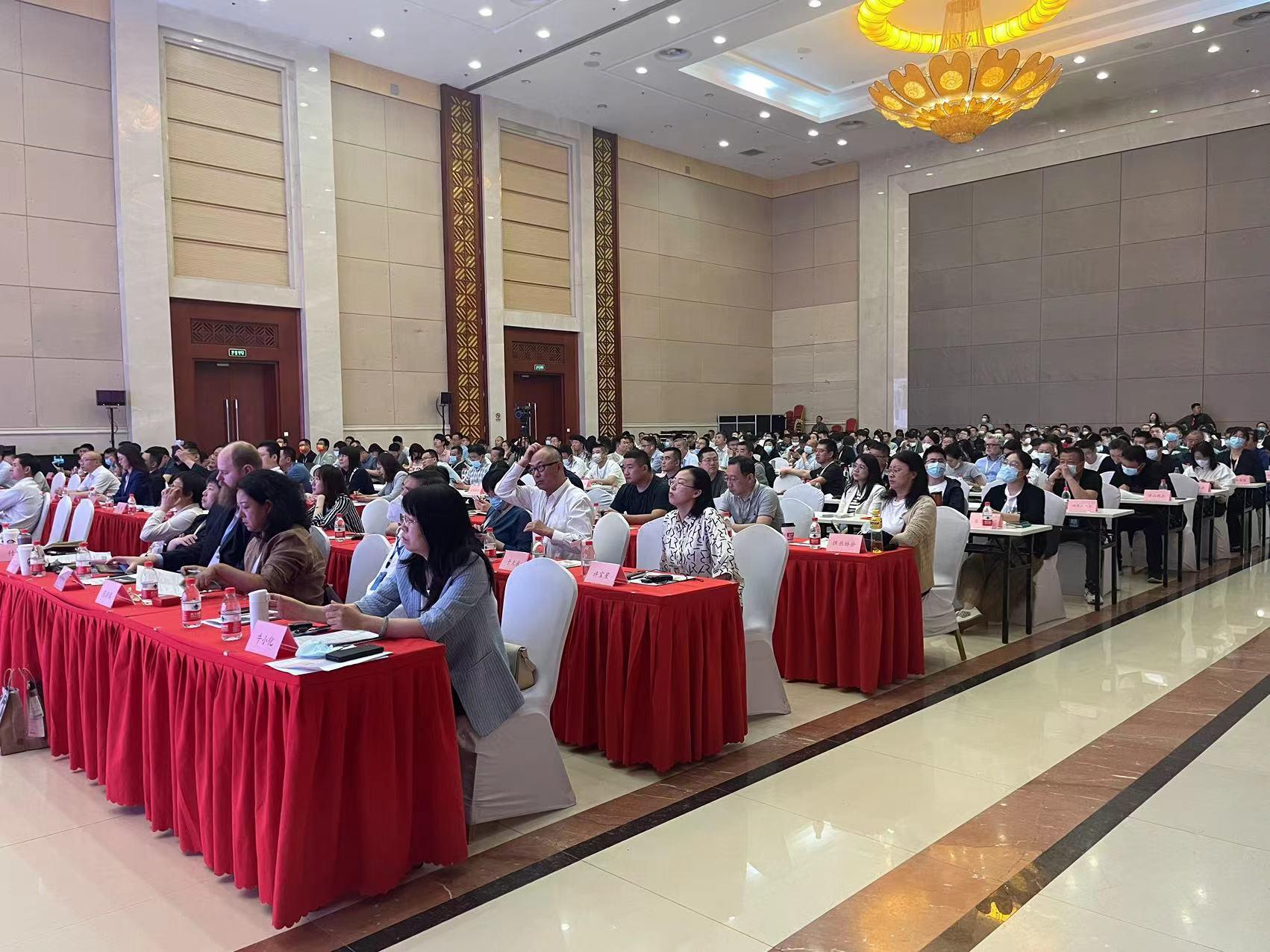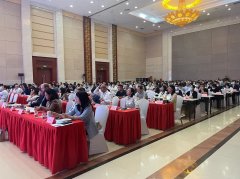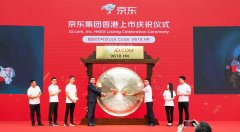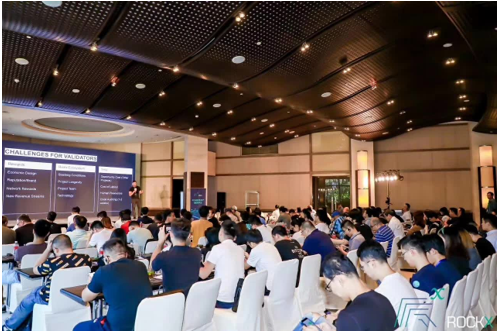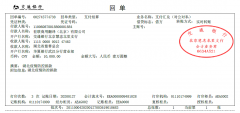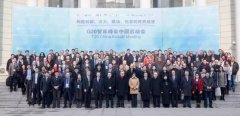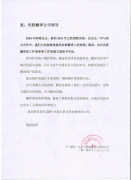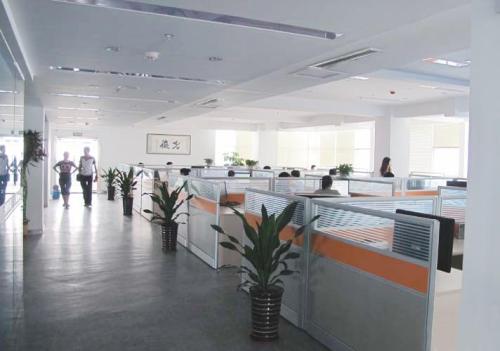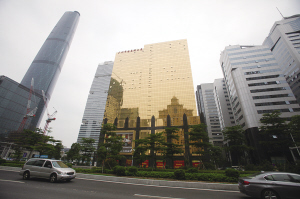常用计算机专业词汇术语翻译
时间:2019-11-18 14:00 来源:未知 作者:dongli 点击:次
ESP: Encapsulating Security Payload,压缩安全有效载荷 Execute Buffers,执行缓冲区 Extended Burst Transactions,增强式突发处理 Extended Stereo(扩展式立体声) FADD(Floationg PointAddition,浮点加) FAT(File AllocationTables,文件分配表) FBC(Frame Buffer Cache,帧缓冲缓存) FCC: Federal Communications Commission(联邦通信委员会) FCPGA(Flip Chip Pin GridArray,反转芯片针脚栅格阵列) FDBM(Fluid dynamicbearing motors,液态轴承马达) FDC(Floppy DiskController,软盘驱动器控制装置) FDD(Floppy Disk Driver,软盘驱动器) FDIV(Floationg PointDivide,浮点除) fdm: frequency division multi,频率分离 FDM: Frequency Division Multi,频率分离 FEMMS:Fast Entry/ExitMultimedia State,快速进入/退出多媒体状态 FFT(fast Fouriertransform,快速热欧姆转换) FID(FID:Frequencyidentify,频率鉴别号码) FIFO(First Input FirstOutput,先入先出队列) FIR(finite impulseresponse,有限推进响应) FireWire(火线,即IEEE1394标准) Flat(平面描影) flip double buffered(反转双缓存) flip-chip(芯片反转) FLOP(Floating PointOperations Per Second,浮点操作/秒) flow-control流控制 Flow-control流控制 FM(Frequency Modulation,频率调制) FM: Flash Memory(快闪存储器) FMD ROM (Fluorescent MaterialRead Only Memory,荧光质只读存储器) FMUL(Floationg PointMultiplication,浮点乘) fog table quality(雾化表画质) Fog(雾化效果) FPU(Float Point Unit,浮点运算单元) FR(Frequence Response,频率响应) Frames rate is King(帧数为王) FRC: Frame Rate Control(帧比率控制) fricc: federal research internetcoordinating committee,联邦调查因特网协调委员会 FRICC: Federal Research InternetCoordinating Committee,联邦调查因特网协调委员会 Front Buffer,前置缓冲 FSAA(Full Scene Anti-aliasing,全景抗锯齿) FSB: Front Side Bus,前置总线,即外部总线 FSE(Frequency ShifterEffect,频率转换效果) FSUB(Floationg PointSubtraction,浮点减) FTC: Federal Trade Commission,联邦商业委员会 ftp(file transfer protocol,文件传输协议) FTP(File TransferProtocol,文件传输协议) FWH( Firmware Hub,固件中心) GART(Graphic AddressRemappng Table,图形地址重绘表) GDC(Game DeveloperConference,游戏发展商会议) ghost:(general hardware oriented systemtransfer,全面硬件导向系统转移) Ghost:(General HardwareOriented System Transfer,全面硬件导向系统转移) GigabyteACOPS: Automatic CPU OverHeatPrevention System(CPU过热预防系统) GMCH(Graphics &Memory Controller Hub,图形和内存控制中心) GMR(giantmagnetoresistive,巨型磁阻) Gouraud Shading,高洛德描影,也称为内插法均匀涂色 世联翻译-让世界自由沟通!专业的全球语言翻译供应商,上海翻译公司专业品牌。丝路沿线56种语言一站式翻译与技术解决方案,专业英语翻译、日语翻译等文档翻译、同传口译、视频翻译、出国外派服务,加速您的全球交付。 世联翻译公司在北京、上海、深圳等国际交往城市设有翻译基地,业务覆盖全国城市。每天有近百万字节的信息和贸易通过世联走向全球!积累了大量政商用户数据,翻译人才库数据,多语种语料库大数据。世联品牌和服务品质已得到政务防务和国际组织、跨国公司和大中型企业等近万用户的认可。 |






